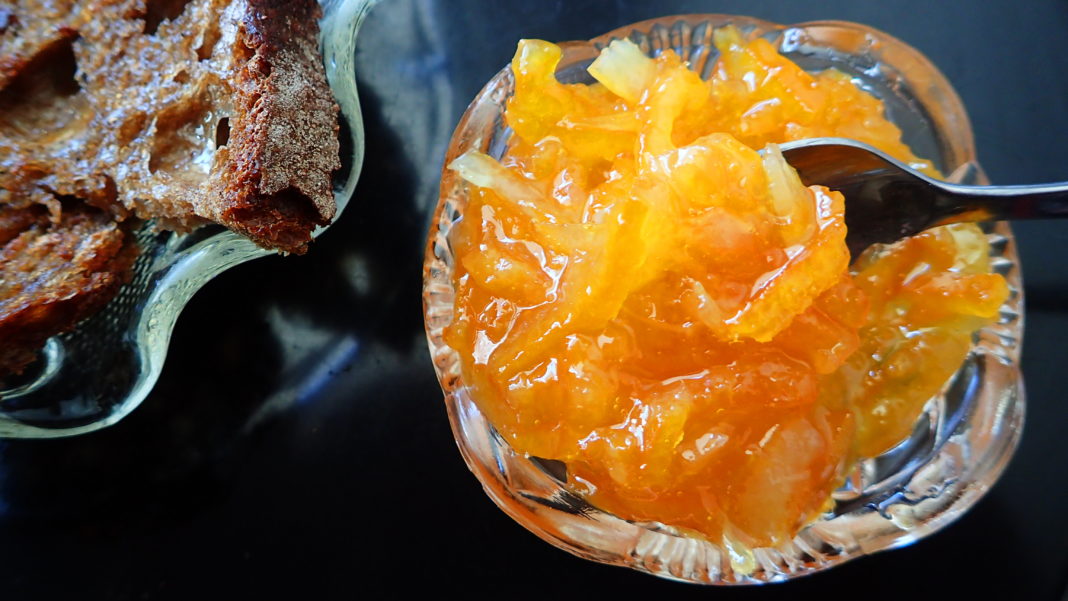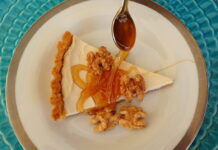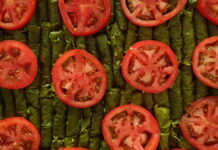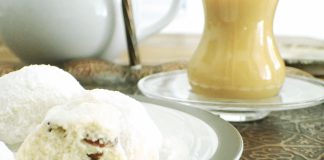Mandarine marmalade smells like winter in Greece. The summer fruits get all the attention. But the winter citrus fruits of Greece are spectacular, with a taste as bright and clear as the Mediterranean sun. Mandarine marmalade – or mandarin jam – is all that glittering tangy sweetness in a jar.
Table of Contents
Mandarine Marmalade – Greek Mandarines
Of all the citrus fruits of Greece, the mandarine stands out. The season is from the first cool days of November through the winter holidays and up until right about Valentine’s Day. The scent of them is everywhere. There are great stacks of them in the markets, and big bowls of them perfume every house. This simple mandarin recipe is one of the best ways to take advantage of their season.
The Best Mandarines to Use for Mandarin Jam
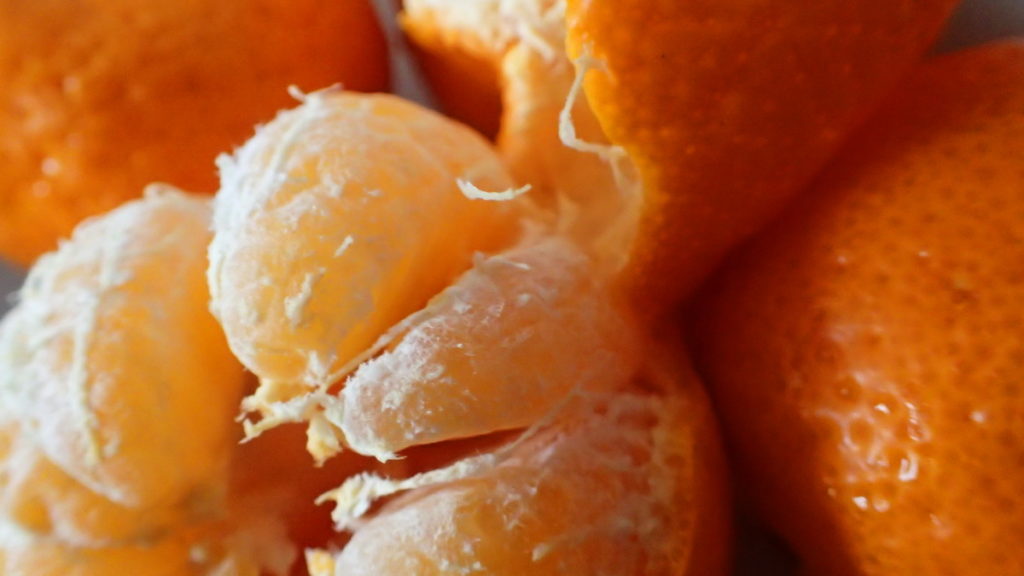
There are many types of mandarines in Greece, and all of them work well for this mandarin orange marmalade recipe. Some mandarine varieties have no pits – very popular for the fruit bowl – but those are not our first choice for making marmalade.
There are mandarines with a deep color, with no or few seeds. Ohers have much paler orange skins, and many seeds. These pale mandarin oranges – often from the island of Chios – are the very best for making mandarin marmalade. They’re a little more sour, and they have tons of pits. No one minds, because their perfume is exceptional. These Chios mandarines are the most fragrant variety in Greece and are worth seeking out.
Even if you can’t find this variety though, you’ll still have delicious results with whatever mandarines you have available locally. Choose the most fragrant variety for the best mandarin jam.
Tips for Success Making Mandarine Marmalade
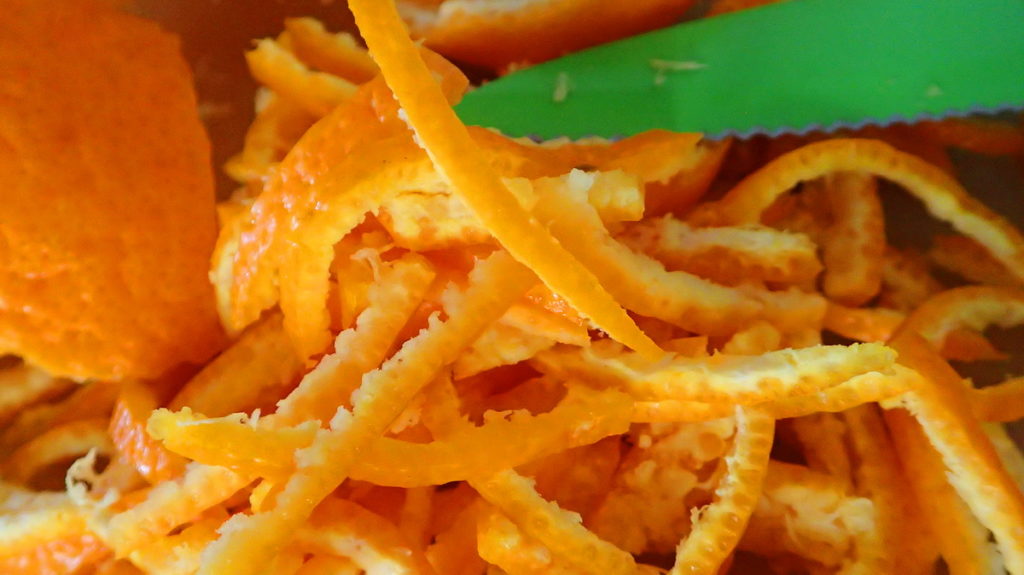
The preparation for mandarin jam is easier than the preparation for blood orange marmalade. As with the blood orange marmalade, we use the entire fruit – peel, pith, and flesh. The mandarine peels are more delicate than orange peels though, so they don’t need that overnight soak in cold water to soften. The thin peels are very easy to work with. For this recipe, we first peel the fruits, and then slice the peels into thin slivers.
Then we cut up the mandarine segments – white pith and all. We carefully remove any pits and set them aside. They’re a bonus, because they help the marmalade to thicken.
What We Need for Mandarine Marmalade
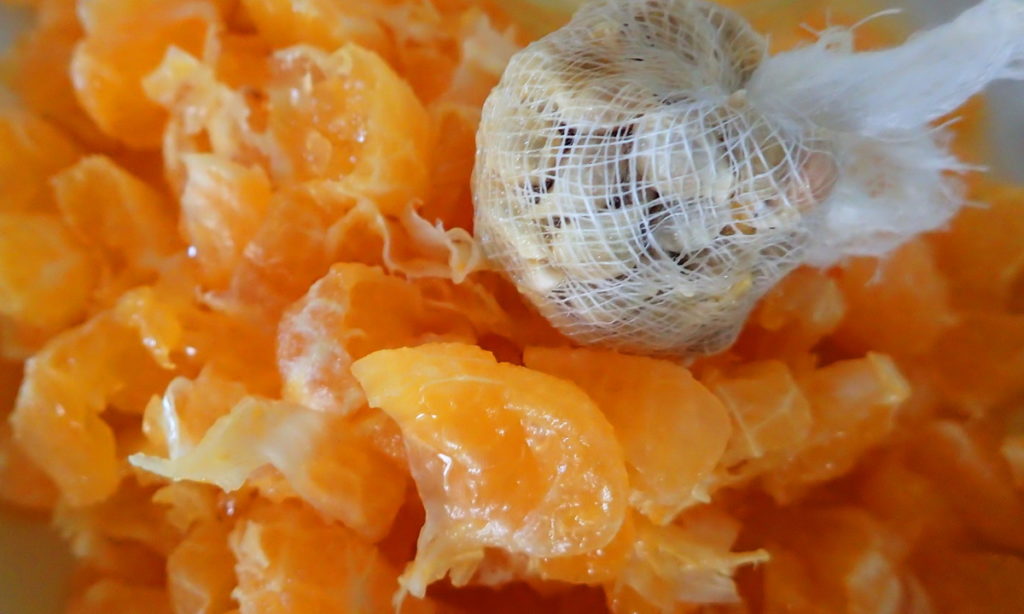
Mandarine orange marmalade is extremely economical to make. We just need a handful of mandarines, some granulated sugar, and some water, and possibly a drop of two of lemon juice to correct for sweetness.
Mandarin Marmalade – No Pectin
There’s no need for extra pectin or a jelling agent in this mandarin marmalade recipe, because citrus fruits – including mandarins – are rich in natural pectin.
See here for some excellent tips on safe home canning.
For more citrus recipes, you might like these:
Blood Orange Marmalade with Orange Blossom Water
Mandarine Marmalade - Mandarin Jam
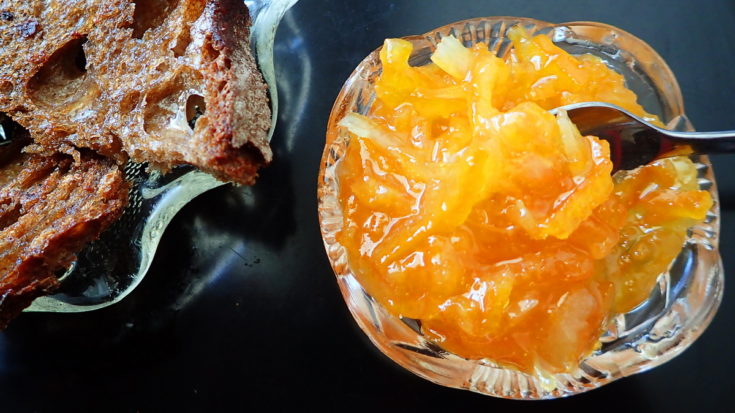
The taste of the Mediterranean sun in a jar will brighten your winter breakfasts. This mandarine marmalade is simple and economical to make. The small batch comes together very quickly and keeps the flavors bright.
Ingredients
- 5-6 Mandarine ornages - 500 grams / 1.1 pounds total
- 750 ml - 3 C water
- 600 g - 3 C white sugar
Instructions
- Before you begin - well before - put a couple of small pates in the freezer. We'll need them for testing to see if the marmalade is done.
- Sterilize two jars and lids in boiling water. Keep them warm.
- Wash the mandarine oranges thoroughly - we will be using them peels and all.
- Peel the mandarines, trying to keep the peels in large pieces.
- Using a small sharp knife - a serrated knife works very well - slice the peels into very thin slivers. Set aside.
- In a shallow dish to catch all the juice, cut up the mandarine segments together with their white pith. Make sure to remove all the pits carefully, and set the pits aside.
- Tie the pits, if any, into a bundle with a couple of layers of cotton gauze. The pits are a good source of pectin and we'll boil them with the fruit to thicken the marmalade. Even if there are no pits though, the marmalade will thicken up nicely.
- Put the peels and the water into a wide pot and bring to a boil.
- Add the fruit with its juice, the pits tied in their gauze bundle, and the sugar.
- Bring the mixture to a full boil boil, stirring with a wooden spoon and keeping contact with the bottom of the pan so it doesn't start to stick. Reduce heat slightly as soon as it starts to boil hard.
- The mixture will cook down a lot, quickly. When it starts to thicken a bit and the sound changes, take one of the plates out of the freezer. Put a spoonful of marmalade on the plate, let it cool a few seconds, and run your finger through it. It should leave a clean trail that starts to slowly close.
- Remove the gauze bag with the pits.
- Ladle the marmalade into the jars, screw on the sterilized lids, and return them to the boiling water bath for a few minutes. Consult the resource linked above for safe home canning tips.
- Alternatively, just store the marmalade in the refrigerator.
Notes
The marmalade will continue to thicken a lot as it cools. Don't worry if it looks thin when you put it into the jars.
The fragrance is wonderful. Try making a batch of this after cooking fish or anything else you want to banish the scent of.
The color is not as dramatic as that of the blood orange marmalade, but the perfume is glorious.
Try not to be tempted to double the recipe. The quick cooking time for the small batch keeps the flavors bright and fresh.

